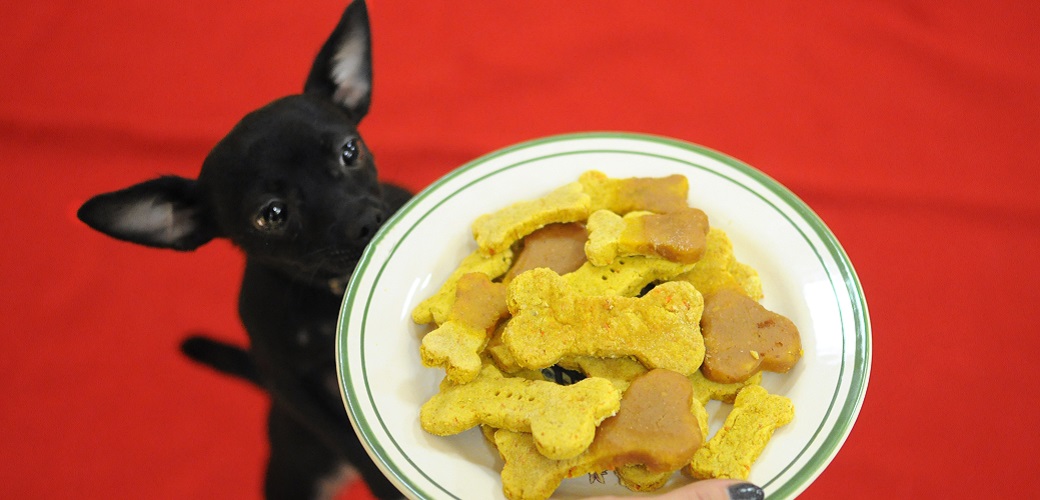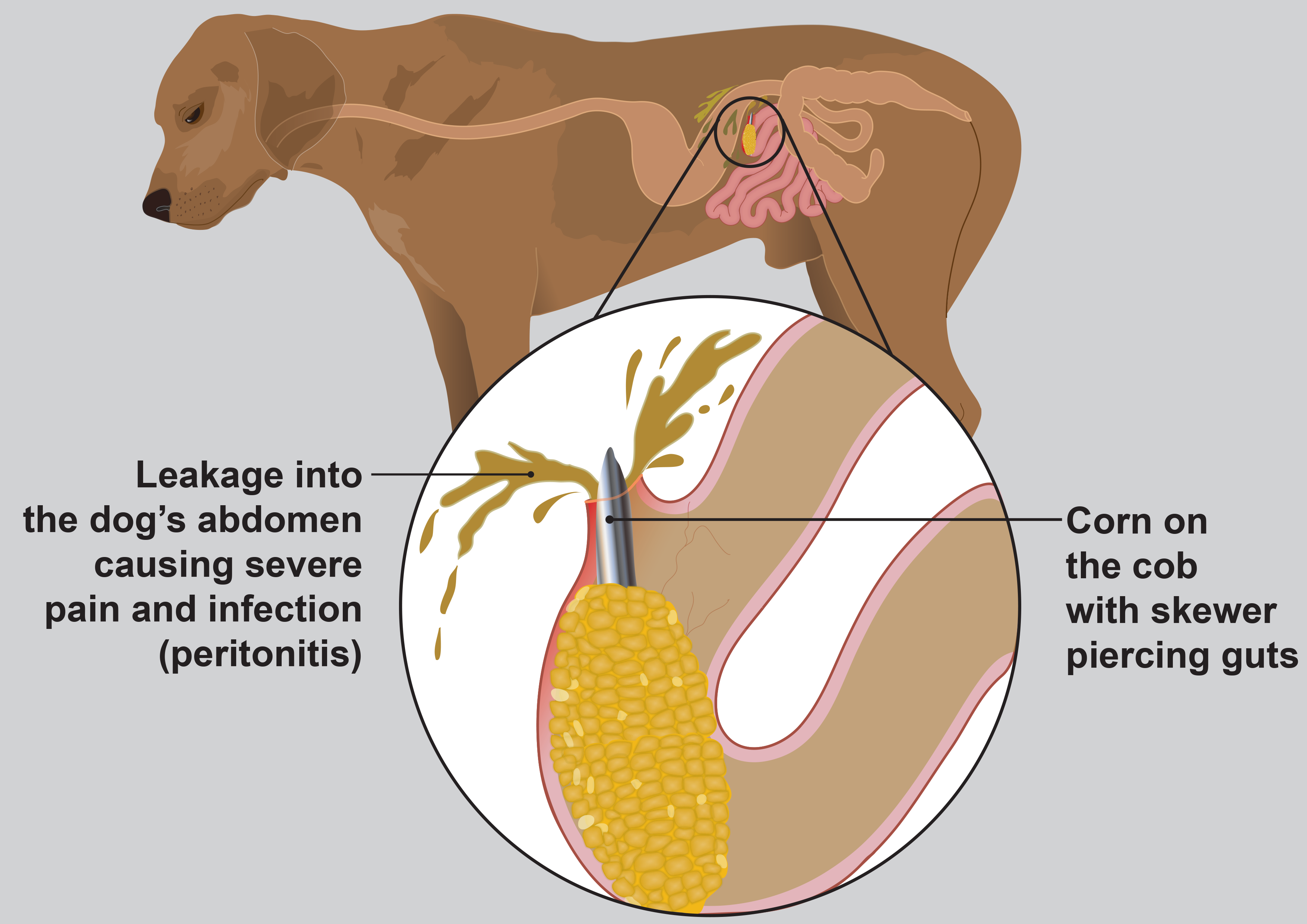Most Deadly Horse Diseases
Infectious horse diseases are those that horses can get from each other, or via a transmitter such as a mosquito or tick, which may transmit the disease from horse to horse. Knowledge is key to prevention. Here are some of the most common horse diseases:
Potomac Horse Fever
This disease is most often seen in spring, summer, and early fall and is associated with pastures bordering water sources such as creeks or rivers. PHF is an acute enterocolitis syndrome producing mild colic, fever, and diarrhea in horses of all ages, as well as abortion in pregnant mares.
The bacterium responsible for the disease, Neorickettsia risticii, has been identified in flatworms that develop in aquatic snails (who knew!). When the water warms up, infected immature flatworms are released from the snail into the aquatic environment. These immature flatworms can be ingested by horses drinking the water, but more commonly they are picked up by aquatic insects. Infected insects (such as mayflies) will hatch in mass and might carry the organism to horses to ingest as they graze (thehorse.com).
Signs Of PHF
- loss of appetite
- fever
- depression
- decreased intestinal sounds
- diarrhea
- mild colic
Affected horses might also develop signs of laminitis. PHF can be mild to life-threatening, so if you think your horse is showing signs of PHF you should contact your veterinarian immediately. PHF can be diagnosed by laboratory identification of the organism in a blood or manure sample from the horse by polymerase chain reaction (PCR). If caught early, it can be treated successfully with oxytetracycline.
Prevention: Several vaccines are commercially available. These might not completely prevent illness, but they may reduce its severity if the horse is exposed to the organism. Consult with your veterinarian to decide the best course of action.
Equine Herpesvirus (EHV)/Rhinopneumonitis
With recent outbreaks of EHV in 2015, horse owners are somewhat aware of the dangers of this highly contageious virus. EHV is characterized by respiratory infections, paralysis, abortions, inflammation of the spinal cord, and occasionally death in young horses. EHV is extremely contagious, spreading through nasal secretions, contact with infected horses, and contaminated feed and water utensils. Type 1 (EHV1) and Type 4 (EHV4) are the most clinically important.
Signs of EHV:
• Nasal discharge
• In coordination
• Hind limb weakness
• Loss of tail tone
• Lethargy
• Urine dribbling
• Head tilt
• Leaning against a fence or wall to maintain balance
• Inability to rise
If you think your horse may have been exposed to the virus (while traveling or at a show) start isolation procedures immediately to prevent it from spreading through your whole herd. Check temps of all horse on your farm several times a day, if fever is detected check for EVH-1 and consult with your equine veterinarian for further guidance.
Prevention: There are two things you can do to help prevent an EVH outbreak on your farm:
- Vaccinate: While there are several vaccines available, unfortunately there is no licensed vaccine that has a claim for protection against the neurological strain of the virus (EHM). Consult with your veterinarian for further guidance.
- Implement Biosecurity Practices on your farm. This includes quarantining any new animals on the farm, or those that have traveled recently before introducing them to your herd, and washing instruments such as grooming supplies between use on each animal.
Equine Influenza (Flu)
Equine influenza, is one of the most common infectious diseases of the respiratory tract of horses. This is a highly contagious virus that can be contracted through direct contact with an infected horse or indirectly by contaminated environment. Infected horses incubate the disease for 1-3 days before displaying symptoms, which is why outbreaks can spread so rapidly. Unfortunately influenza is endemic in the US, which means it circulates continuously in the equine population.
Signs of Equine Influenza
- Fever
- A harsh, dry cough of sudden onset that persists for 2-3 weeks or more
- Clear nasal discharge progressing to thick, green-yellow discharge
- Lethargy/depression
- Loss of appetite
Prevention:
Implementing good biosecurity practices including quarantining of newly arrived or traveling horses for at least 14 days. There are also vaccinations available that can be used before exposure. Consult with your veterinarian regarding vaccinating your horse.
Streptococcus equi (Strangles)
Strangles is an infectious horse disease characterized by abscessation of the lymphoid tissue of the upper respiratory tract. Streptococcus equi equi, is the bacterium which causes the disease, and is transmitted by direct contact with infected horses or sub-clinical shedders, or indirectly by contact with: water troughs, hoses, feed bunks, pastures, stalls, trailers, tack, grooming equipment, nose wipe cloths or sponges, attendants’ hands and clothing, or insects contaminated with nasal discharge or pus draining from lymph nodes of infected horses.
Signs of Strangles:
- Fever (103°–106°F)
- Nasal discharge
- Depression
- Difficulty swallowing
- Respiratory noise
- Extended head and neck
- Swollen lymph nodes
In some outbreaks and in a small percentage of cases, these abscesses spread to other parts of the body (a condition known as ‘bastard’ strangles) which is nearly always fatal. As with the other diseases above, contact your vet if you think your horse is showing signs of strangles for treatment. Due to being so contagious, affected horses should be separated, and cared for by separate caretakers wearing protective clothing.
Prevention:
Vaccination is often the best preventive measure for Strangles. Contact your veterinarian for guidance.
Tetanus (Lockjaw)
Tetanus is caused by the bacterium Clostridium tetanii which can be found in soil and manure. This bacteria is found in just about every environment, and can survive for long periods of time. Wound contamination is generally what leads to infection; a clean wound is not as likely to result in tetanus.
The tetanus bacteria do not need oxygen and multiply rapidly in the damaged tissues. They produce a toxin (tetanus toxin) and it is this neurotoxin that causes the classical signs of tetanus.
Tetanus proves deadly in 50-75% of cases.
Signs of Tetanus:
- Muscular stiffness and spasms
- Difficulty moving and eating
- Tail often held straight out
- Development of an anxious expression due to facial spasms
- Sweating
- In advanced cases the horse will collapse with spasms, convulsions and death from respiratory failure
Prevention:
Tetanus is a preventable disease, and vaccination is key to prevention. Good first aid practices are also important which include keeping wounds clean and ensuring your turn out areas are safe, clean, and clear of dangerous items that could cause injury. Consult with your veterinarian to ensure you are taking the necessary prevention measures on your farm.














